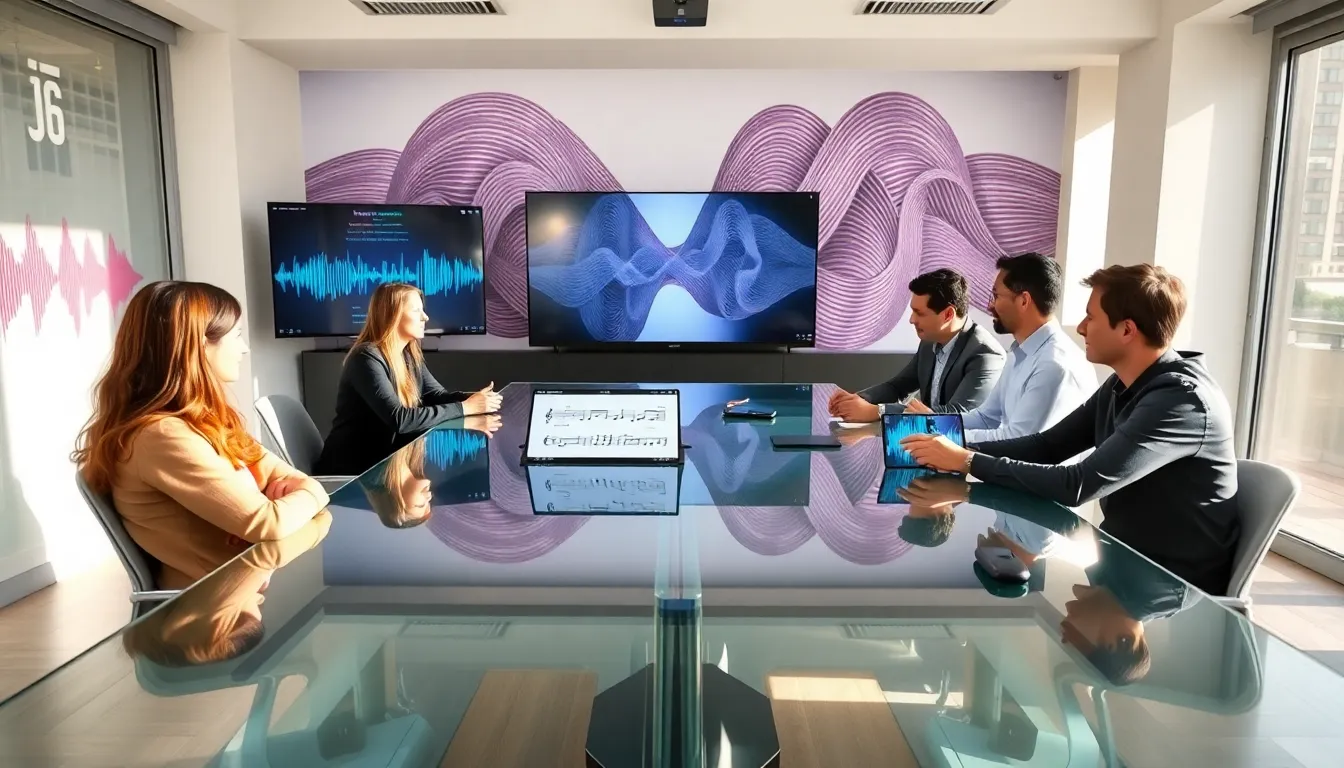
Imagine diving into a video game world where every note, beat, and sound effect is designed not just to entertain, but to transport you into another realm. Sounds like something out of a sci-fi flick, right? Welcome to the world of Gaming Harmonicode. It’s where sound design meets the art of gaming, coming together in a symphony that captivates players like never before. Whether you’re a casual gamer or a hardcore enthusiast, understanding how harmonicode shapes your gaming experience is not only interesting, it’s essential. So, grab your headset, because we’re about to tune into the intriguing realm of sound in gaming.
Gaming Harmonicode

Harmonicode is more than just a cool buzzword. It’s an approach that harnesses the power of sound to elevate the gaming experience. At its core, harmonicode integrates musical principles with sound design, allowing developers to create immersive environments that make players feel truly engaged. Think of it as the hidden language of video games, it’s not just about what you see, but what you hear that matters.
In practical terms, harmonicode includes elements like melodic patterns, rhythmic structures, and tonal harmonies that are woven into the very fabric of a game. As players navigate different scenarios, these audio cues can evoke emotions, build tension, or instill a sense of calm. Developers leverage tools and software to effectively carry out harmonic elements, ensuring that the audio experience aligns seamlessly with gameplay mechanics.
Games Harmonicode
Sound and music are not merely background noise in gaming: they are pivotal in shaping player reactions and experiences. Research consistently shows that auditory stimuli significantly impact how players perceive their environment. A tense soundtrack can heighten anxiety during a critical boss fight, while an uplifting score might enhance the joy of discovery upon entering a new world.
Also, sound design aids in providing essential feedback. Whether it’s the satisfying crunch of a character landing a perfect hit or the ominous rumble of a distant storm, sound communicates information just as effectively as visuals do. Picture this: you’re playing a horror game, and eerie background sounds whisper ominously in your ear. Your heart races, and your instinctive response to flee takes over. This interaction between sound and player is what makes gaming so thrilling.
Elements of Harmonicode
To truly appreciate harmonicode, it helps to break it down into its key components. Here are a few that stand out:
Melody
Melody is the thread that weaves through a game’s score, offering a memorable quality that can linger long after playtime. Think of iconic game themes: they often stick because of their catchy melodies. These can become synonymous with characters or storylines, anchoring emotional connections for players.
Harmony
Harmony enriches the musical backdrop, providing depth and richness. Altering harmonies in response to gameplay events can amplify emotions, guiding player feelings and reactions. A quick change in harmony can signal danger, nudging players to react more swiftly.
Rhythm
Rhythmic elements can influence pacing during gameplay. Fast beats can pump adrenaline during intense actions, while slow rhythms can create an atmosphere of contemplation. Balancing these factors is crucial for developing an immersive experience.
Sound Effects
Unique sound effects, like the rustling of leaves or the clinking of coins, play a critical role in crafting an authentic world. These small details complete the soundscape, making interactions feel genuine and engaging.
How Harmonicode Enhances Gaming Experience
Harmonicode enhances gaming experiences in multifaceted ways. Firstly, it elevates immersion: when sound and visuals work in harmony, players can lose themselves in the world of the game. Secondly, harmonicode contributes to narrative storytelling. By utilizing specific musical themes to represent characters or crucial plot points, developers guide emotional responses effectively.
Also, dynamic soundscapes play a big role in adapting to gameplay. For example, consider a racing game where the intensity of the soundtrack increases as players approach the finish line. This kind of responsiveness creates a deeper connection between the game mechanics and the player’s emotional state.
Case Studies: Successful Implementation of Harmonicode
Several games stand out for their innovative use of harmonicode, showcasing its potential to revolutionize sound in gaming.
Journey (2012)
In this critically acclaimed game, the soundtrack changes dynamically, reacting to player actions. The music is integrated so seamlessly that it feels less like a score and more like an extension of the gameplay itself. This fluid interaction between player choices and audio feedback offers a truly unique experience.
The Legend of Zelda: Ocarina of Time
This iconic game leverages harmonicode through its memorable scoring and the usage of musical puzzles. Players must use digital renditions of ocarina melodies to unlock secrets throughout Hyrule, emphasizing both the importance of sound and how it advances the storyline.
Celeste
Celeste utilizes harmonic themes that correlate with its difficult gameplay. Each area of the game has its unique score that complements the environmental challenges, making the gaming experience a blend of sound and emotion.
Future Trends in Gaming Harmonicode
As technology evolves, so too does harmonicode within the games industry. Upcoming trends indicate an exciting direction:
Procedural Audio
This technique allows for real-time sound generation based on gameplay parameters. It can lead to entirely unique audio experiences depending on player actions, making every session distinct.
Adaptive Soundtracks
Future games may include more advanced adaptive soundtracks that can change based on difficulty or player choices, creating a hyper-personalized experience. This level of customization could revolutionize how players engage with narrative-driven games.
Integration with Virtual Reality (VR)
As VR technology advances, the integration of harmonicode with immersive environments will allow for 360-degree soundscapes. Gamers will find themselves enveloped in dynamic audio experiences that react to their movements, further blurring the lines between reality and the gaming world.


